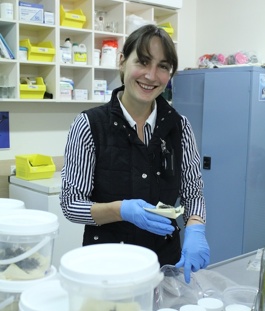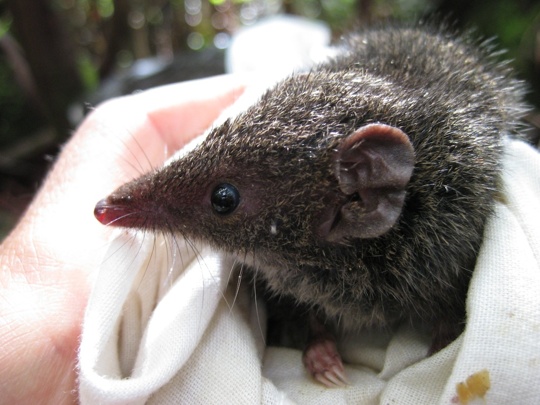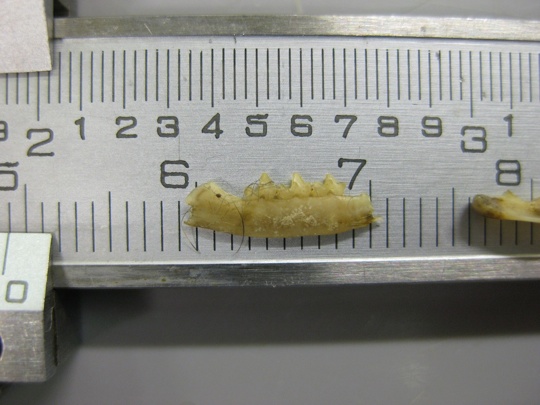What's on the menu for feral cats?

Researcher Billie Lazenby’s work looking at the stomach contents of feral cats might not be everyone’s cup of tea, but it’s an important part in protecting Tasmania’s native animals.
Billie, a PhD candidate with the University of Sydney, has been busy at our Collection and Research Facility, examining the diet of feral cats from two remote locations in Tasmania.
Strategies to reduce the chances of your cat snacking on a native animal include keeping your pet cat inside at night, fitting them with a collar and bell, having them microchipped and having them desexed.


Images:
Billie Lazenby working in the labs at TMAG's Collections and Research Facility
A Dusky Antechinus just prior to release in the Wellington Ranges
The lower jaw of a Dusky Antechinus retrieved from the stomach of a feral cat

